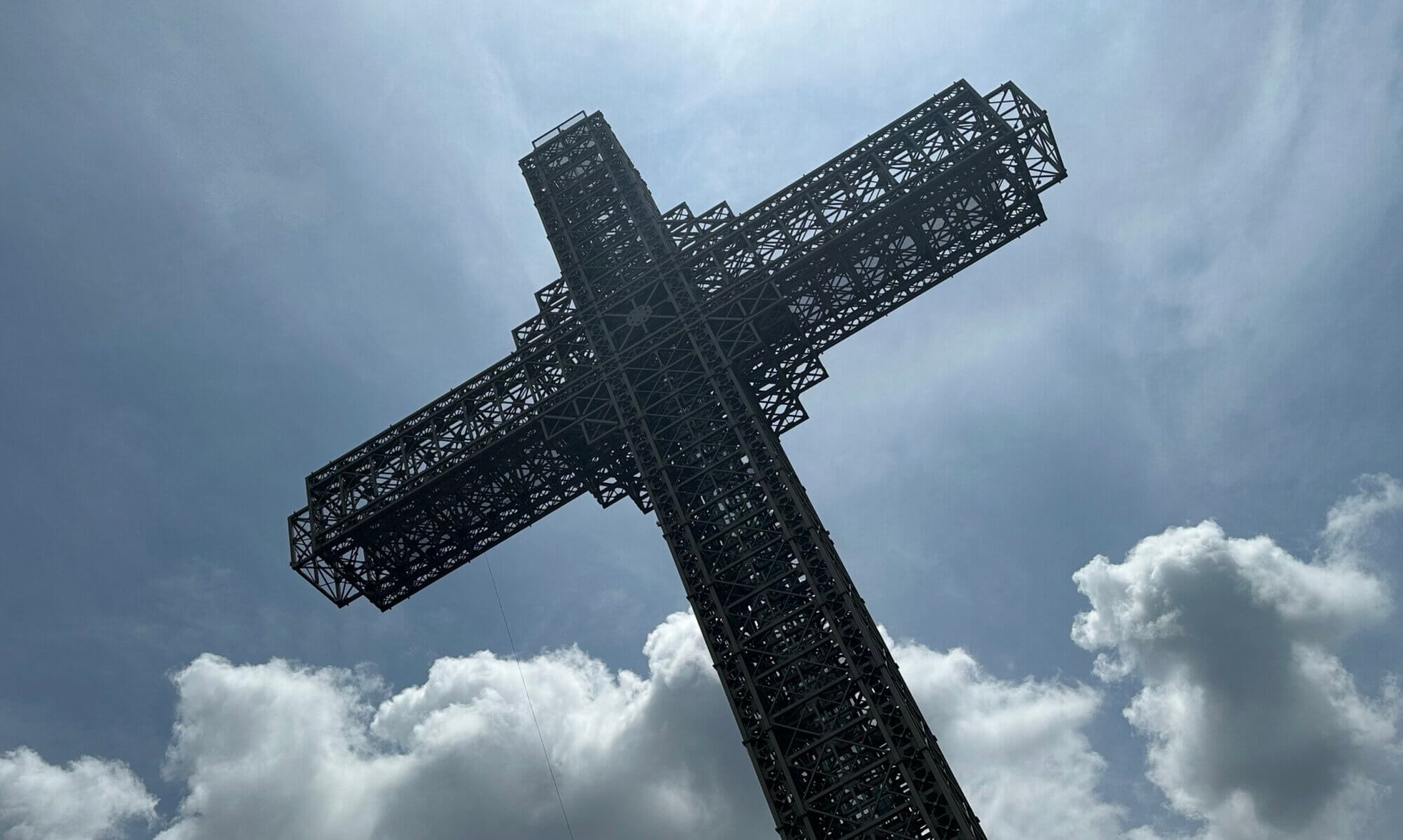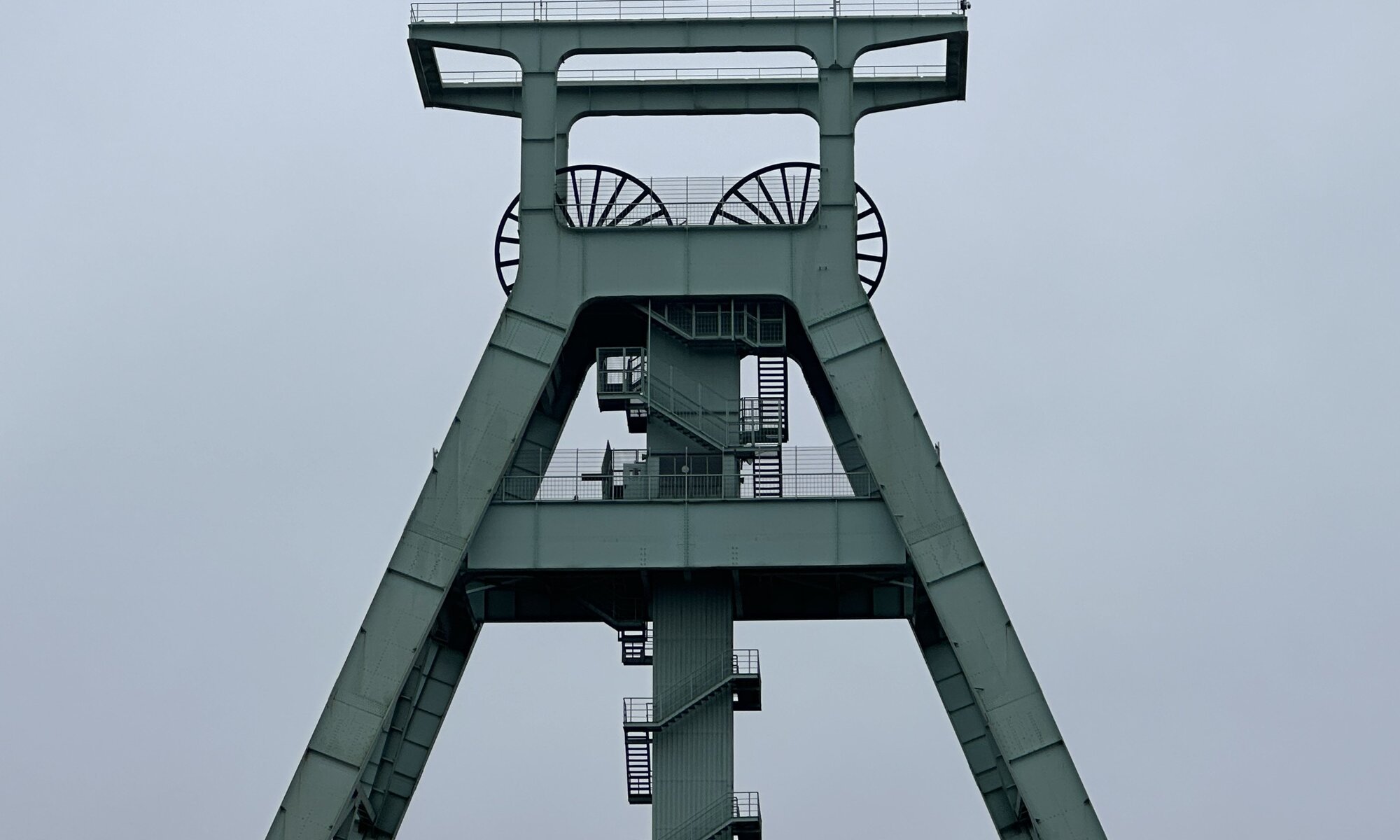Getting to the Ruhrgebiet is always a good opportunity to learn about mining history in Germany. For hundreds of years coal and ore have been gathered here from the ground, driving industrialization and creating a special culture with its own traditions. If you’re interested in modern mining technologies you should visit the Deutsches Bergbaumuseum at Bochum. It is a combination of a classic museum, a research institution and a demonstration site: by elevator you can go down and explore modern mining machinery within a mine.
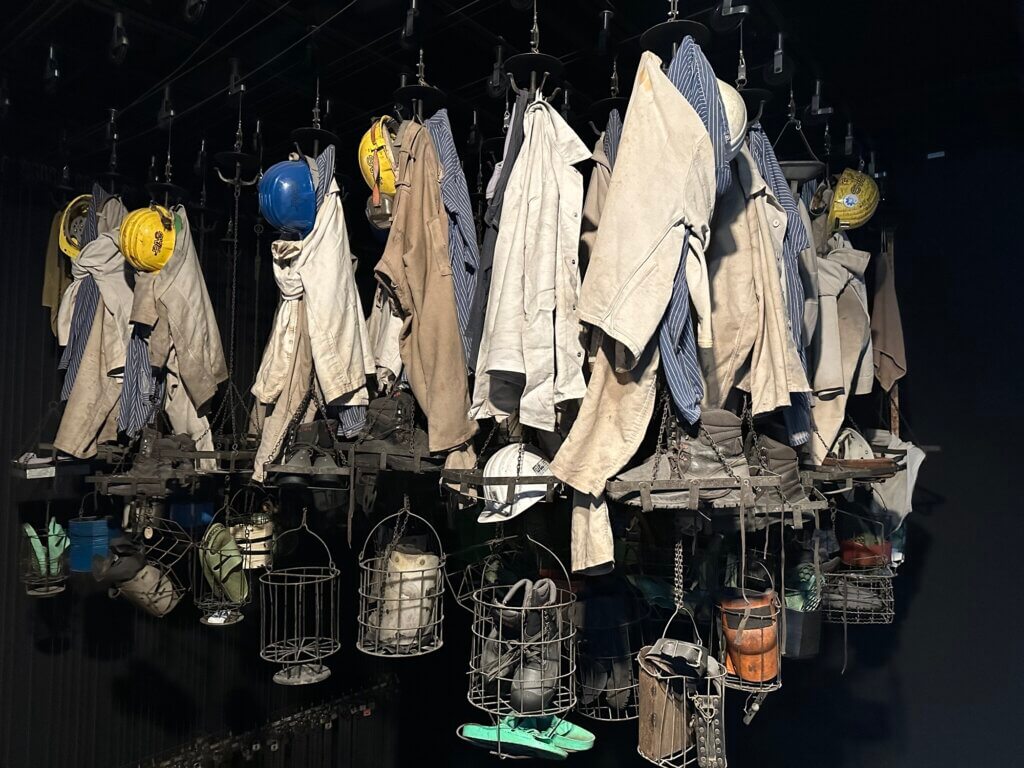
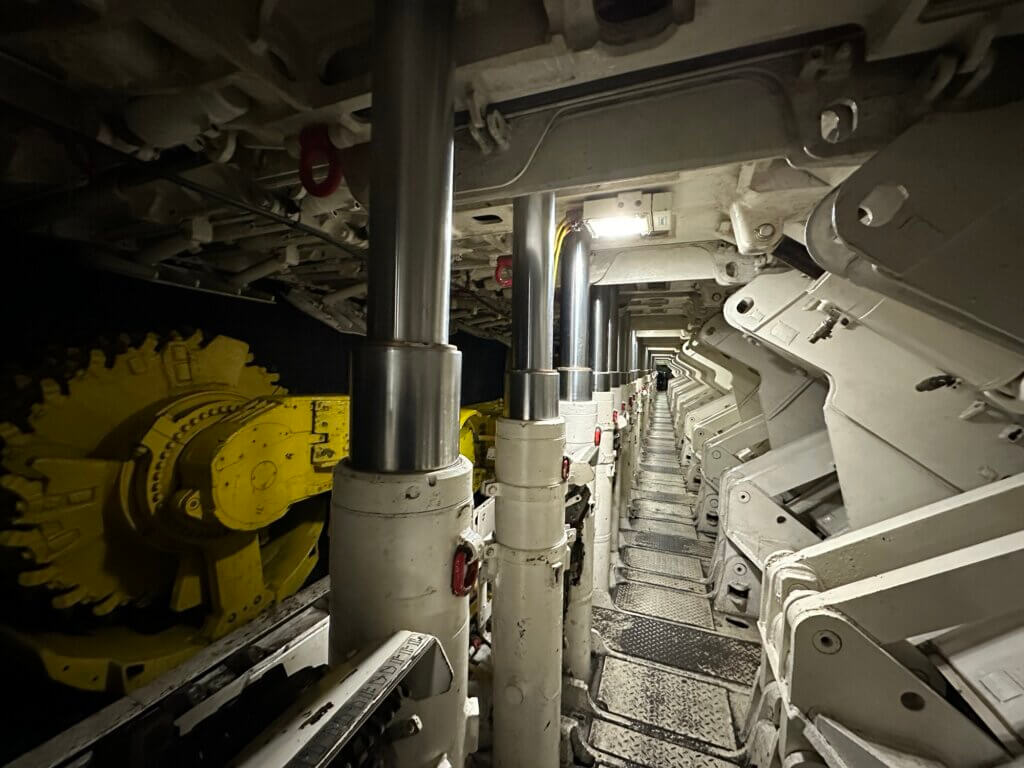
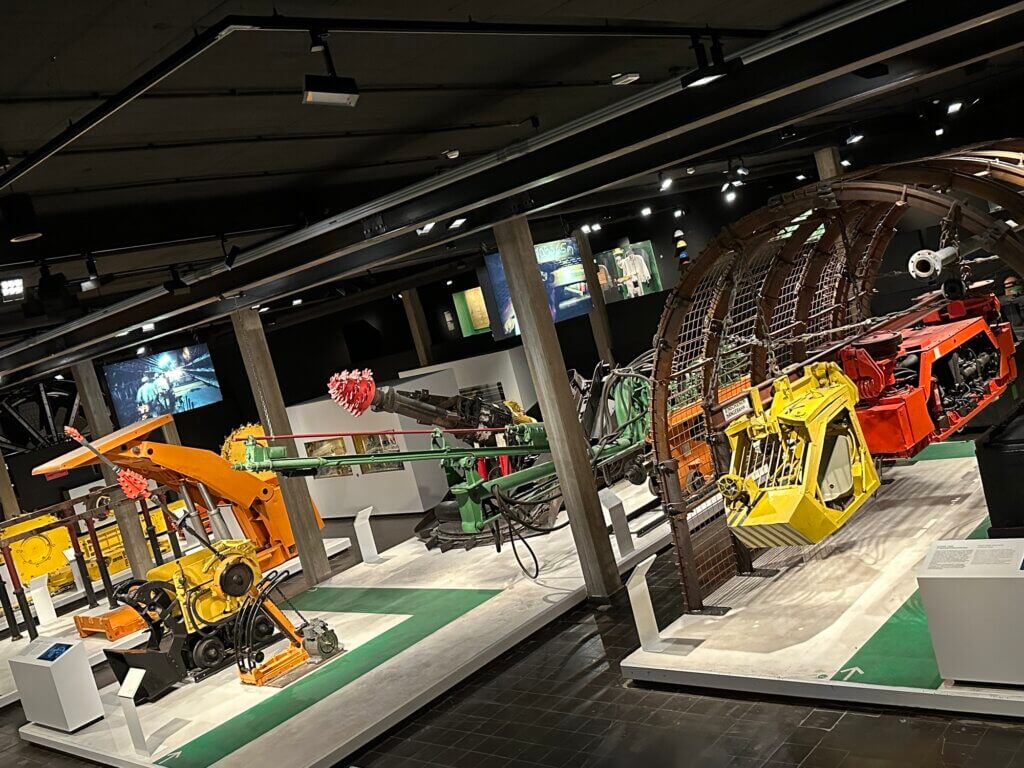
The Deutsches Bergbaumuseum is the largest mining museum in the world and it is rather old as its origin lies in a collection of mining items started at the year 1860. Official founding year of the museum is 1930 and it is located close to the city center of Bochum. The place was never a real mine: the underground was dug as demonstration site in 1936 and the hoist frame was transported there in 1973/1974: it formerly belonged to the Zeche Germania at Dortmund-Marten (which was closed down in 1929).
Today you can tour four areas about coal and its creation, minerals, mining and art. I really enjoyed seeing all this machinery, vehicles and conveyor technique in situ. But also the exhibition about miners culture are really interesting, they cover the end of mining in the Ruhrgebiet as well – and all the protests against closing mines which made many people loose their jobs. It was really a massive change for the people of the Ruhrgebiet as well as for the region itself.
Deutsches Bergbaumuseum
Am Bergbaumuseum 28
44791 Bochum
Germany
Loading map...

